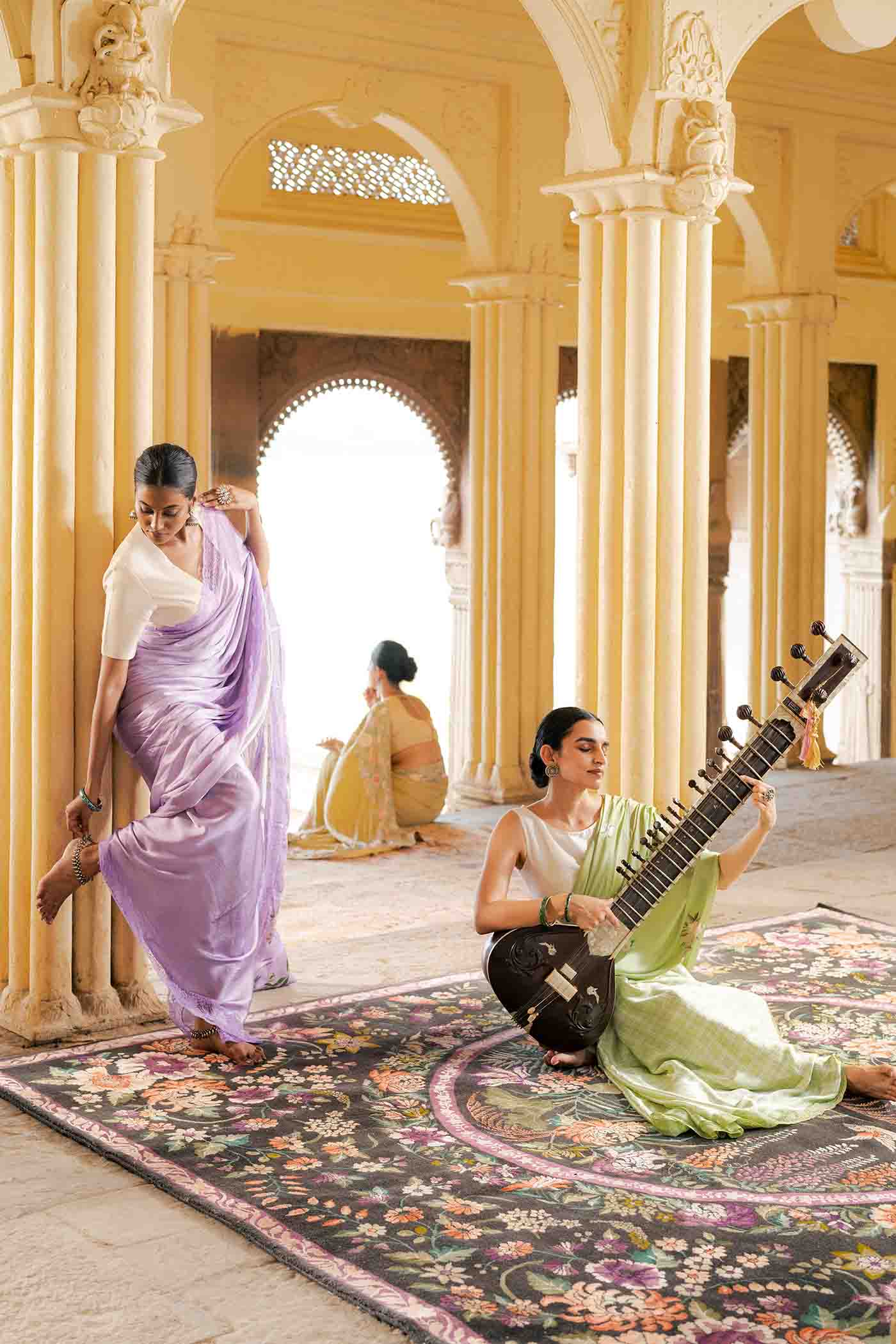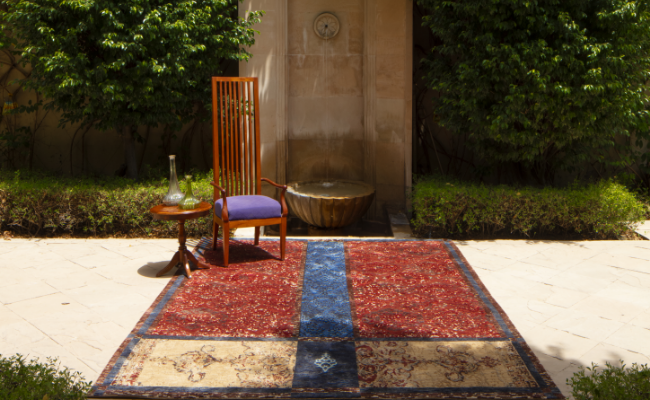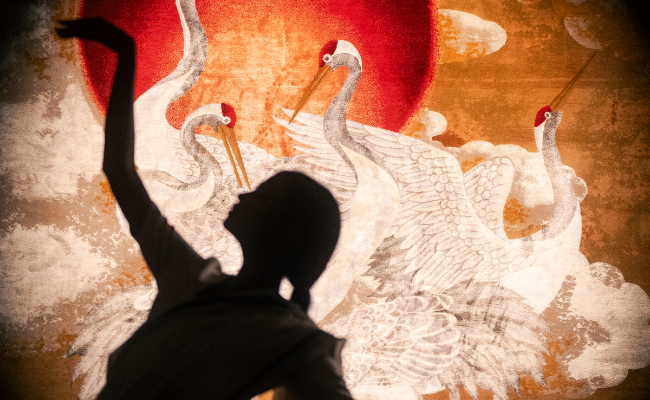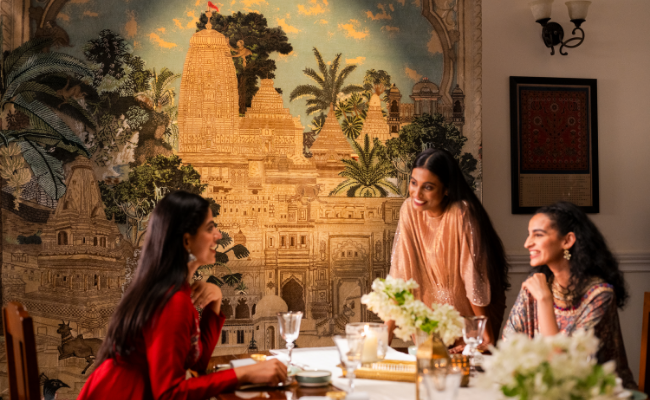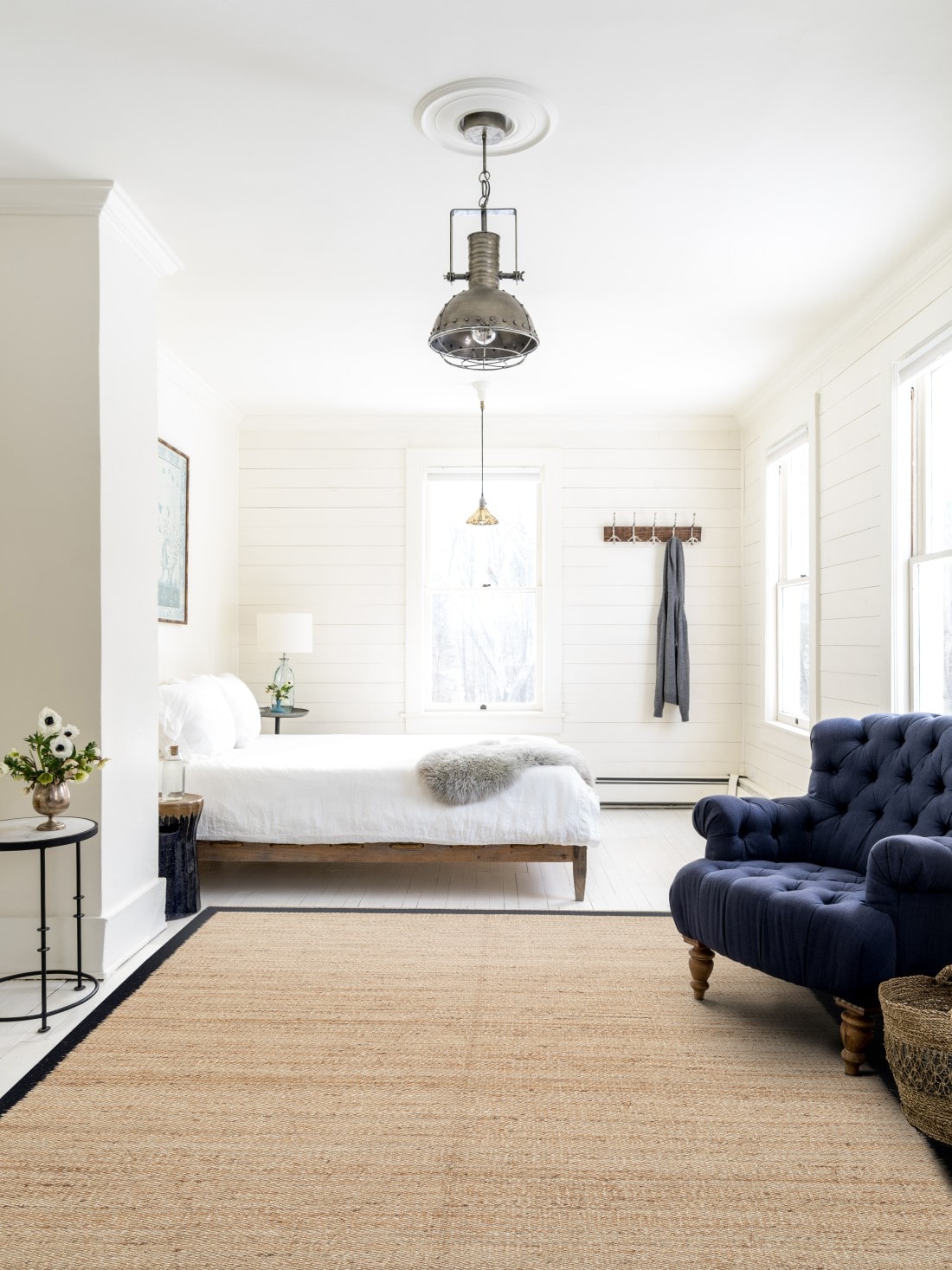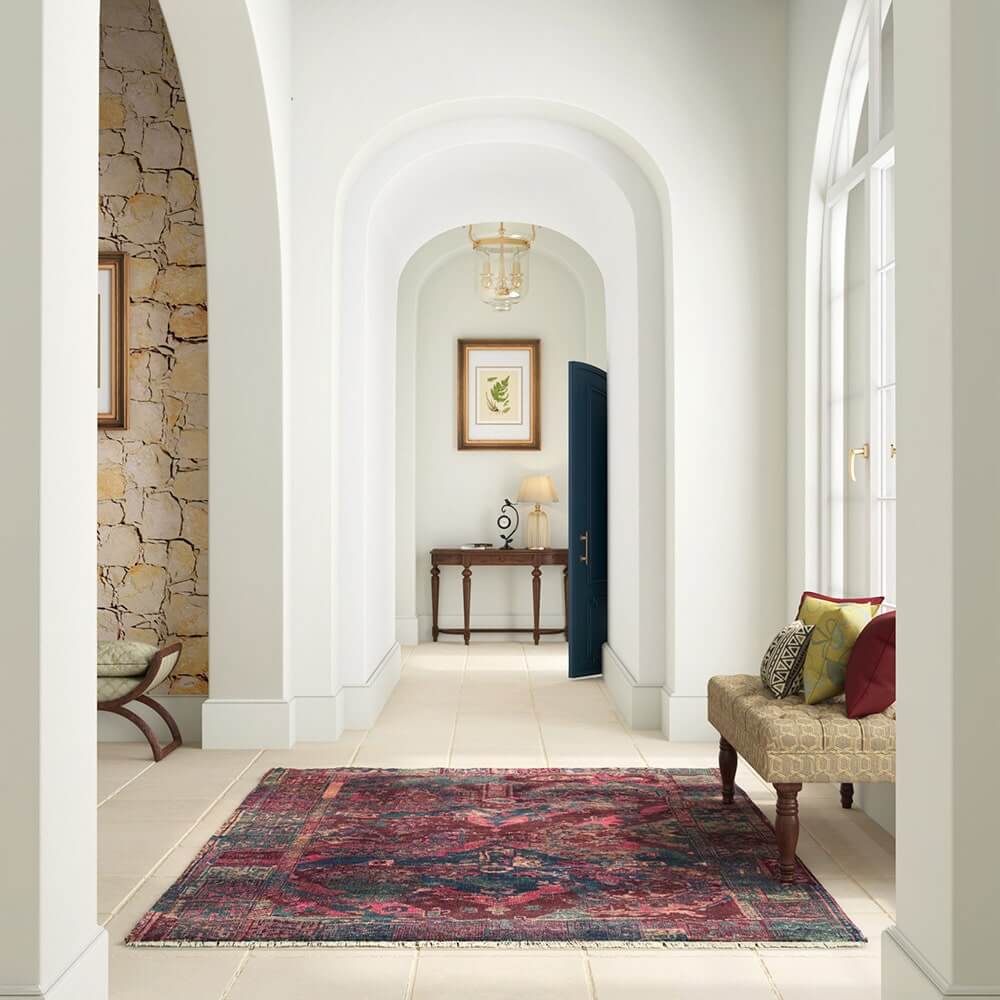Obeetee Carpets- Indian knots paving way to a global path
India's role in the handicrafts sector has been well established from ancient times. There are other social, economic, and political factors that contribute to this, but the country's cultural origins have to be the most important factor in this equation. India is a country is unlike none other. India is a country where art is not specially created, but is prevalent naturally in every corner. It exists in every folk song, every delicacy, and if you are observant enough, every street where an artisan sits to create the most magnificent work of art sitting at the porch of his hut.

Our vision
Bringing the magnificence of India to the world, we at Obeetee carpets stay connected with weavers from seven surrounding villages from our headquarters in Mirzapur through production officers that visit each loom at least once every fortnight. We believe that more than the final product, it’s the hands that created it that hold the primary importance. With help of our skilled crafters, our platform showcases a wide array of hand tufted and knotted carpets. Each of these furnishings are designed by experienced designers, keeping in mind the trends and preferences of the modern consumer. These designs are then brought to life by the hands of our seasoned artisans.
Through the experiences, we have acquired for over a century, we have seen generations progress, and trends transition. This has helped us amass insights to what the consumer of today looks for in contemporary themes. Additionally, it has made us capable of incorporating these preferences to our traditionally crafted furnishings, maintaining a beautiful simultaneity between craft and the customer.
Journey of an Obeetee Rug

The unique craft techniques that our weavers use for the creation of our rugs is what makes our collection stand out, in a vast ocean of soft floor furnishing brands operating in the industry today. The primary hand knotting technique has changed very little since the time it was introduced to the Indian handicraft industry by the Mughals. The process involves setting the warp at the base of the carpet and taking the design across the weft using coloured threads. The secondary technique that the exceptional craftspeople use is the flat weaving technique which involves interlacing warp (vertical) and weft (horizontal) threads together to create a variety of aesthetically pleasing designs. The third technique is the hand tufting procedure wherein a hand tufted rug is crafted by punching the strands of wool using a hand-operated tool, further creating a canvas that is stretched on a frame. The last and final technique of Hand screening is an exclusive craft technique first introduced by Obeetee. The process involves using a screen engraved with the design to transfer the colour onto a carpet.
These remarkable techniques ensure that the quality of an Obeetee rug is maintained. Throughout our 100 years long journey, Obeetee rugs have travelled many homes, including some the most prestigious ones. Apart from the luxurious hotels, in 1992, the then Honourable President of India, Shankar Dayal Sharma, commissioned two of our rugs in the Rashtrapati Bhawan. The size of the rug was unique which required a large loom to weave. This was the beginning of an astounding story that we at Obeetee will remember forever and pass down to the generations to come. For you readers, we will reserve it for another time. Stay tuned.


